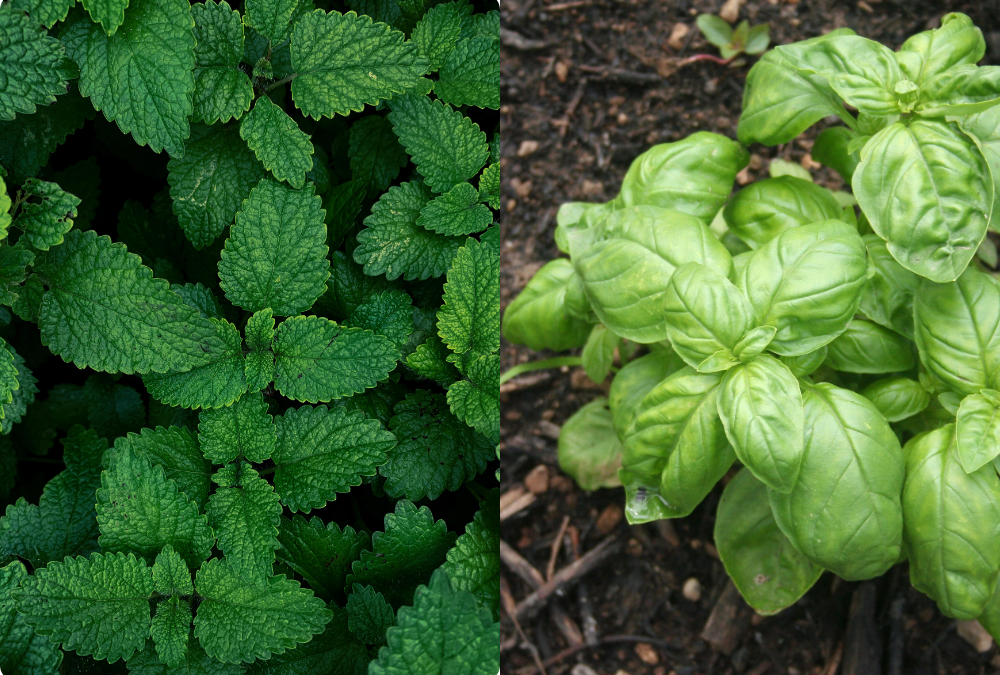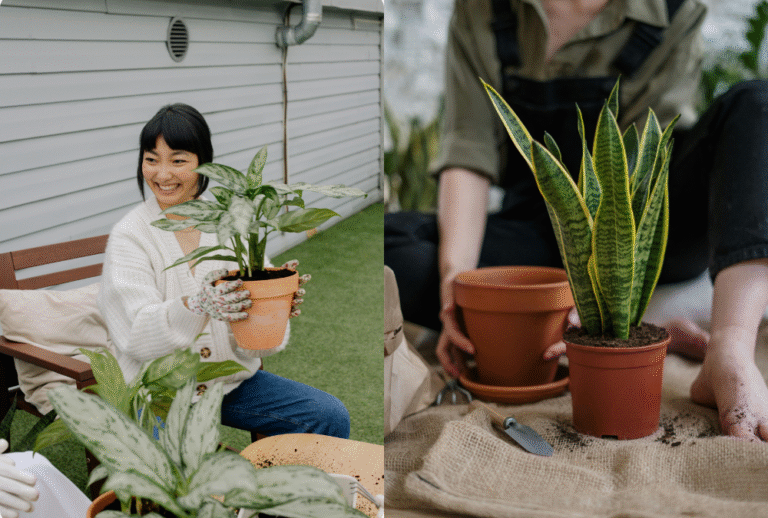What Are the Best Herbs to Grow Indoors for Beginners
Want to grow your own herbs but don’t have a garden? The good news is you can grow many herbs right inside your home. They don’t need much space and are easy to take care of.
In this article, you’ll find the best herbs to grow indoors for beginners. From basil and mint to rosemary and chives, these herbs are simple, tasty, and perfect for cooking.
With a sunny window and a little care, you can enjoy fresh herbs all year round. It’s a fun way to add greenery to your home and flavor to your meals.
1. Basil – The Classic Kitchen Favorite
Basil is one of the most popular herbs to grow indoors, and for good reason. Its bright green leaves add a fresh kick to pasta, salads, and sauces. It grows fast, looks beautiful, and has a sweet, peppery aroma that makes your kitchen smell amazing.
Basil loves warmth and light. Place it near a sunny window where it can soak up at least six hours of sunlight a day. If your home doesn’t get enough natural light, a small grow light will help. Basil does best in well-draining soil and regular watering. The trick is to keep the soil slightly moist but never soggy.
One fun tip: pick the top leaves often. This helps the plant grow bushier instead of tall and thin. Fresh basil can be used for pesto, pizza toppings, or even in drinks like lemonade.
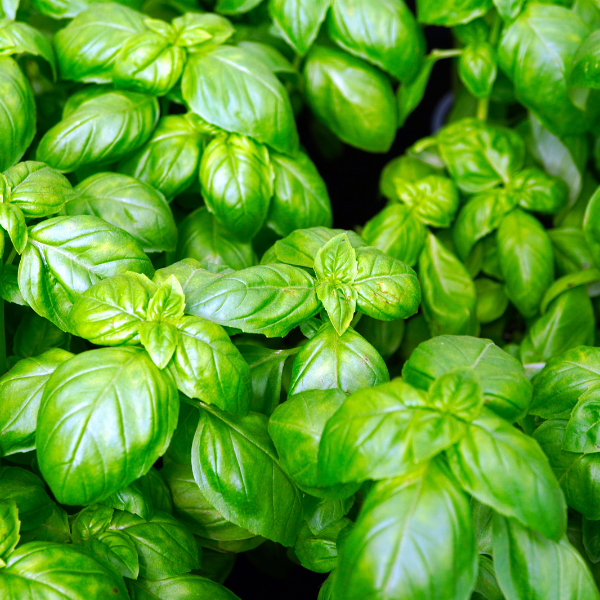
2. Mint – Refreshing and Fast-Growing
Mint is a beginner’s dream herb. It grows quickly, spreads easily, and fills your room with a refreshing scent. Whether you like peppermint or spearmint, this herb is perfect for teas, desserts, or even a cool garnish for drinks.
Mint likes indirect light, so you don’t have to worry about a super sunny window. It also prefers moist soil, so keep the potting mix damp but not waterlogged. Be careful with mint in a shared pot, it grows aggressively and can crowd out other herbs. The best idea is to give it its own pot.
Harvesting mint is simple. Just snip the top leaves whenever you need some. Regular cutting encourages new growth, so you’ll have a steady supply for months.
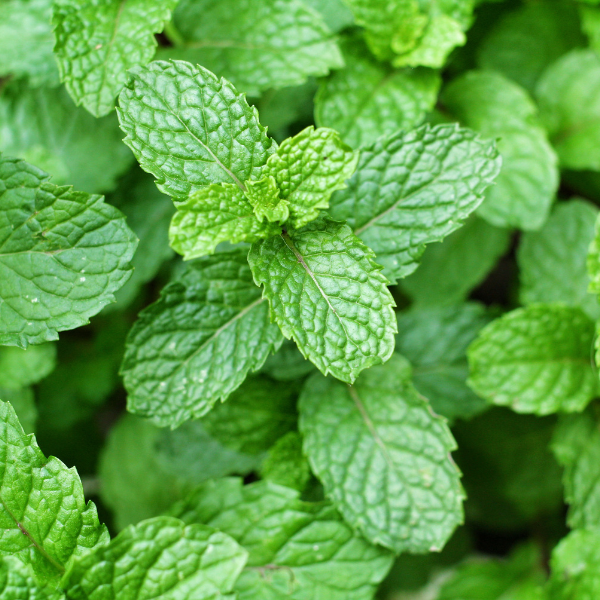
3. Parsley – Fresh and Nutritious
Parsley is more than just a garnish, it’s packed with vitamins and has a mild, fresh taste that goes well with almost any dish. Growing parsley indoors takes patience, as it starts slowly. But once it grows, it provides lush green leaves for months.
Parsley prefers bright, indirect light and steady watering. The soil should be moist but never too wet. It’s also best to start parsley from seed, though you can buy small plants from nurseries.
Flat-leaf parsley is great for cooking because of its stronger flavor, while curly parsley is more decorative. Use it in soups, salads, or as a topping for roasted vegetables.
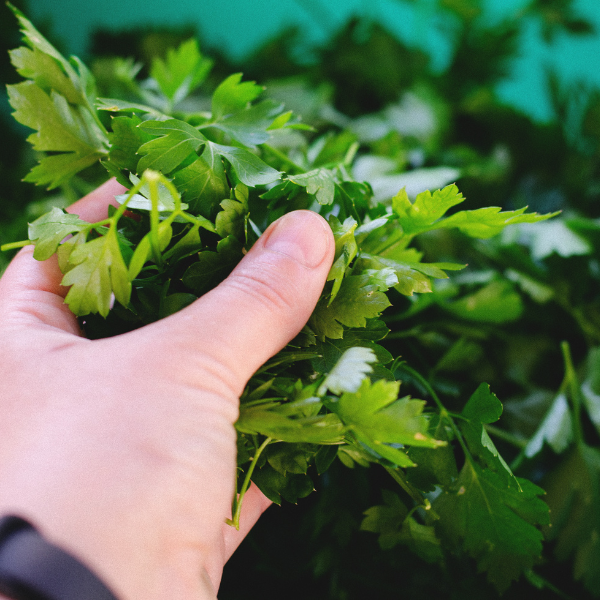
4. Chives – Easy and Tasty
If you want a no-fuss herb, chives are your answer. They belong to the onion family and bring a mild, onion-like flavor to your meals. Their thin green shoots are perfect for sprinkling on scrambled eggs, baked potatoes, or soups.
Chives love sunlight, so place them by a bright window. They need well-draining soil and regular watering, but they aren’t too demanding. The fun part is cutting them, just snip the leaves close to the base, and new ones will grow back quickly.
Read More: Best Indoor Plants for Low Light Rooms
Chives also produce small purple flowers in the right season. These blooms are edible and add a pretty touch to salads.
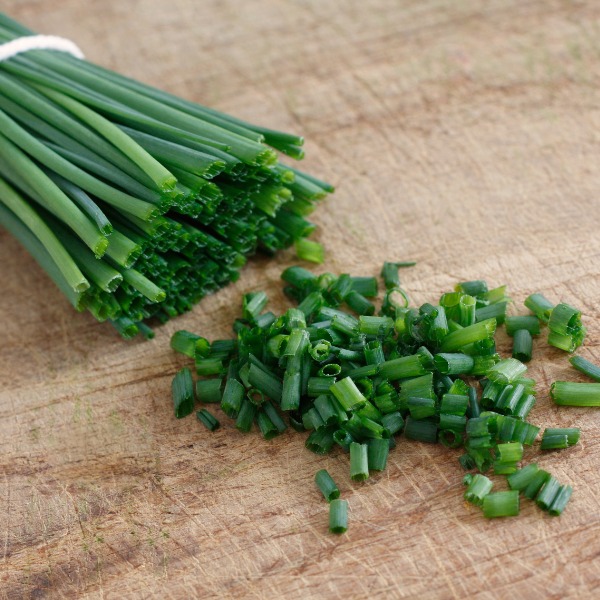
5. Thyme – Fragrant and Hardy
Thyme is a hardy herb that adds depth to roasted dishes, soups, and stews. Its tiny leaves pack a punch of flavor, and the plant itself is tough and resilient perfect for beginners.
Thyme loves full sun and does well in drier soil compared to other herbs. Be careful not to overwater. Let the soil dry out slightly between waterings. This herb grows low and bushy, making it a lovely addition to a windowsill garden.
To harvest, trim the stems and strip the leaves. Thyme keeps producing as long as you don’t cut it back too harshly.
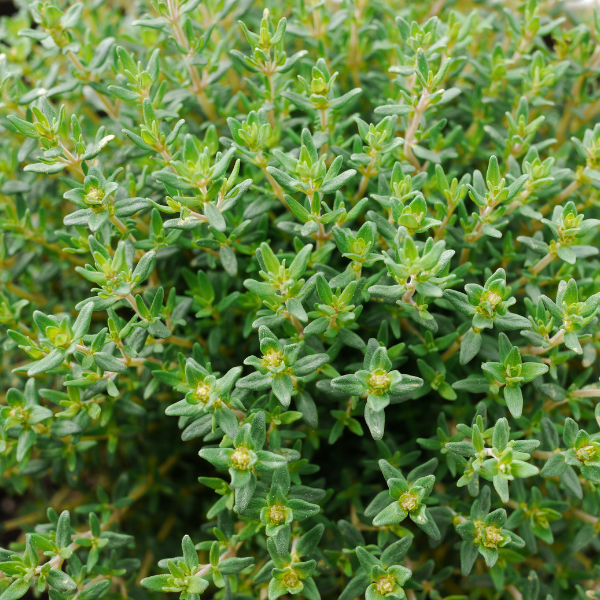
6. Rosemary – Woody and Aromatic
Rosemary is a classic Mediterranean herb with needle-like leaves and a strong, earthy fragrance. It’s great for seasoning roasted meats, potatoes, and bread.
This herb needs lots of sunlight, at least six to eight hours daily. A south-facing window is ideal. Rosemary also likes slightly dry soil, so water only when the top inch of soil feels dry. It can live for years indoors with the right care.
Rosemary’s upright growth makes it look like a mini pine tree, adding beauty to your indoor space as well as flavor to your meals.
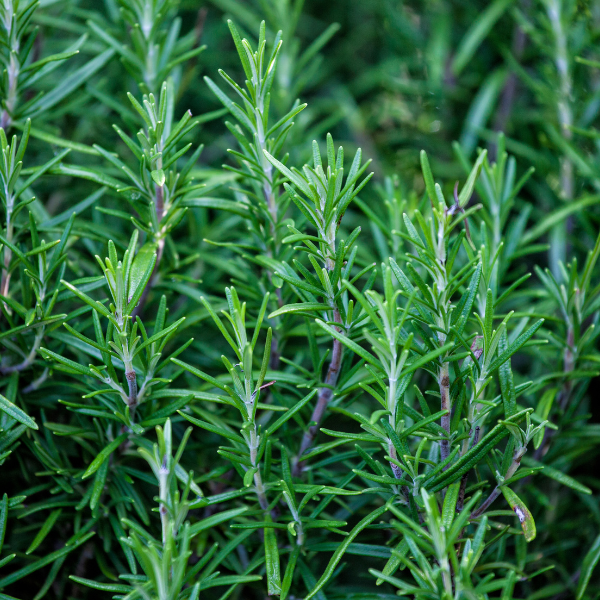
7. Cilantro – Zesty and Fresh
Cilantro is known for its bright, citrusy flavor. It’s popular in salsas, curries, and fresh salads. While it can be a little tricky to grow indoors because it bolts quickly (goes to seed), it’s still worth trying.
Cilantro likes cooler temperatures and moderate sunlight. It grows best in a pot that is wide and not too deep. To keep it going, plant new seeds every few weeks so you always have fresh leaves.
If your plant does bolt, don’t worry – the seeds it produces are coriander, another useful spice.
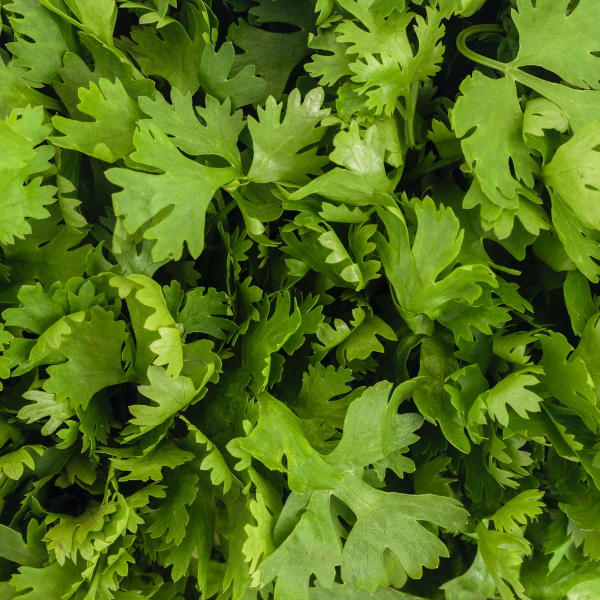
8. Oregano – Bold and Flavorful
Oregano is a staple in Italian and Mediterranean cooking. Its bold, slightly peppery flavor makes it perfect for pizza, pasta, and grilled dishes.
It thrives in sunny spots and well-drained soil. Like thyme and rosemary, oregano prefers drier conditions, so water sparingly. Pinching back the tips helps the plant grow bushier and prevents it from becoming too woody.
Fresh oregano has a stronger flavor than dried, so a little goes a long way in your cooking.
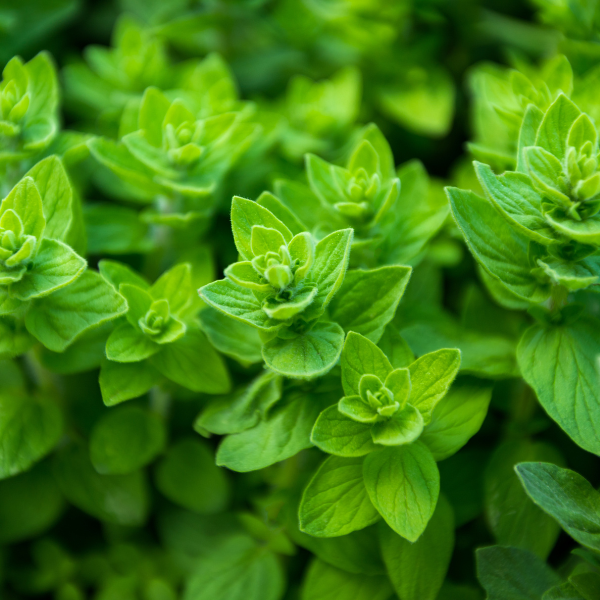
9. Sage – Earthy and Robust
Sage has soft, gray-green leaves with a distinct earthy flavor. It’s a must-have for holiday dishes, stuffings, and roasted meats.
Sage enjoys bright light and doesn’t need too much water. In fact, it prefers its soil to be on the dry side. Overwatering can cause root problems, so let the soil dry between waterings.
Pruning is important with sage. Cut back the stems to encourage new leaves and prevent it from getting too woody.
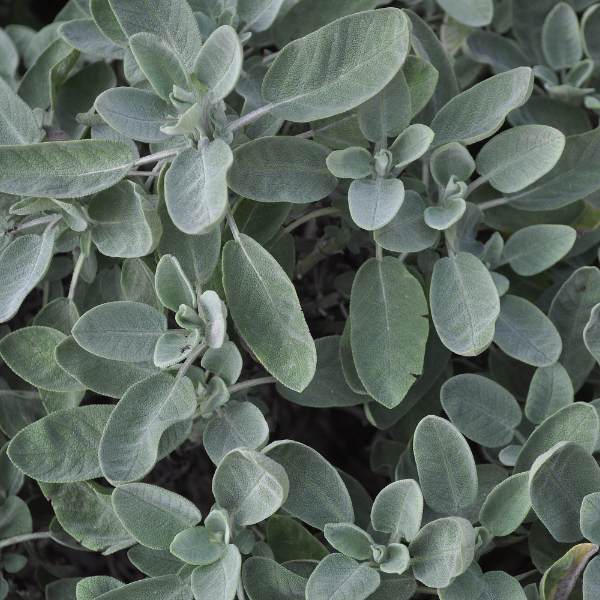
10. Dill – Delicate and Unique
Dill has feathery leaves and a fresh, tangy taste that’s perfect for pickles, fish dishes, and dips. Its delicate texture makes it a lovely addition to any indoor herb garden.
Dill prefers lots of sunlight and steady moisture in the soil. It can grow tall, so it’s best to place it in a deeper pot. Dill doesn’t always live as long as other herbs, but you can keep planting new seeds every few weeks to enjoy it longer.
Both the leaves and seeds are useful, making it a versatile herb to grow.
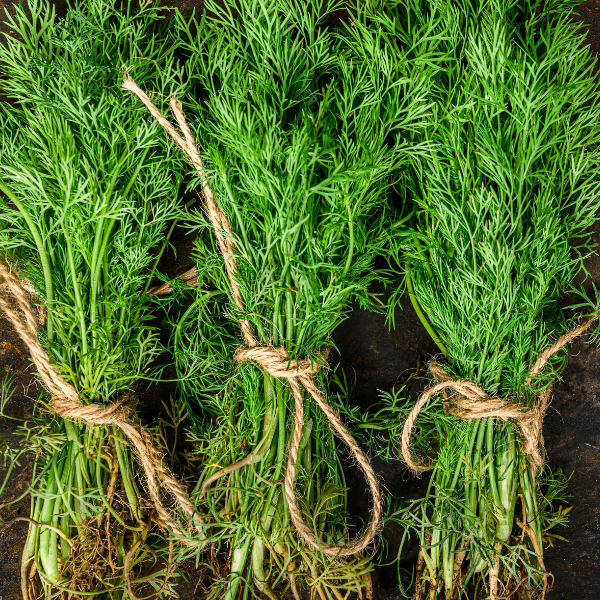
Why Grow Herbs Indoors?
Before we get to the herbs, let’s talk about why growing herbs inside your home is such a good idea.
- Fresh Flavor Anytime – No more running to the store for a sprig of parsley.
- Saves Money – Herbs in shops can be pricey and spoil quickly. Homegrown ones are always fresh.
- Space-Friendly – Even in small apartments, a few pots on the windowsill are enough.
- Cleaner Air – Plants naturally freshen the air, and herbs bring fragrance too.
- Hobby for Relaxation – Watching plants grow is calming and rewarding.
Best Spots to Grow Herbs Indoors
Kitchen Windowsill
Perfect for quick snips while cooking. The kitchen window is both practical and keeps your herbs within arm’s reach.
South-Facing Windows
Ideal for sun-loving herbs like rosemary and thyme. These windows get the strongest light, helping herbs thrive indoors.
Living Room Shelf
A bright, airy shelf can double as home decor. Herbs add greenery and freshness while staying healthy in filtered light.
Under Grow Lights
If your apartment doesn’t get much natural sunlight, grow lights are a reliable solution for year-round healthy herbs.
Spots to Avoid
Keep herbs away from heaters, drafty windows, or air conditioners. These areas can dry them out or cause stress to the plants.
Helpful Tips for Growing Herbs Indoors
1. Pick the Right Pots
Choose pots with drainage holes. Herbs don’t like soggy roots. A simple terracotta or ceramic pot works well.
2. Light Matters
Most herbs need at least 6 hours of light. A sunny windowsill is perfect. If you don’t have enough sunlight, use a small grow light.
3. Watering Basics
Water when the soil feels dry at the top. Overwatering is one of the biggest mistakes beginners make.
4. Harvest Often
Snip leaves regularly. This keeps plants healthy and encourages new growth.
5. Rotate Your Pots
Turn pots every week so all sides of the plant get light. This prevents lopsided growth.
Common Mistakes Beginners Make
Even easy herbs can struggle if you’re not careful. Here are some common mistakes to avoid:
- Overwatering – Soggy soil leads to root rot.
- Too Little Light – Herbs get leggy and weak without enough sunlight.
- Not Harvesting Enough – Cutting promotes growth; leaving them untouched can make them woody.
- Crowding Plants – Each herb needs space. Mint especially should have its own pot.
- Using Garden Soil – Regular outdoor soil is too heavy for pots. Use a light potting mix instead.
Read More: Best Colors for a Relaxing Bedroom
Beginner-Friendly Tools and Supplies
You don’t need much to get started. A few basics are enough:
- Small pots with drainage holes
- Lightweight potting mix
- Watering can with a narrow spout
- Small scissors for harvesting
- Optional: grow lights and fertilizer
That’s it, you don’t need fancy kits or expensive gear.
Seasonal Care for Indoor Herbs
Herbs can grow indoors year-round, but they need different care in summer and winter.
Summer Care
Watch out for heat and dry soil. Herbs may need more water in hot months. Keep pots away from ovens or strong afternoon sun to prevent leaf burn.
Winter Care
Light is weaker, so move herbs closer to windows or use grow lights. Water less since plants grow slower. Protect pots from cold drafts and dry heating air.
Cooking with Fresh vs. Dried Herbs
Fresh herbs have a brighter, lighter taste. Dried herbs are stronger and more concentrated. As a general rule:
- 1 tablespoon fresh = 1 teaspoon dried.
Some herbs, like basil and parsley, are best fresh. Others, like thyme and oregano, hold flavor well when dried.
FAQs About Indoor Herb Gardening
Q: Do indoor herbs need fertilizer?
A: A light, all-purpose fertilizer every 4 – 6 weeks is enough. Too much can make them lose flavor.
Q: Can I grow herbs without sunlight?
A: Herbs love light, but if you don’t have a sunny spot, a grow light is a great solution.
Q: How long do indoor herbs last?
A: Some, like basil, live for a few months. Others, like rosemary or oregano, can last for years with good care.
Read More: How to Remove Wall Stains Without Removing Paint, How to Get Rid of Kitchen Ants Naturally

